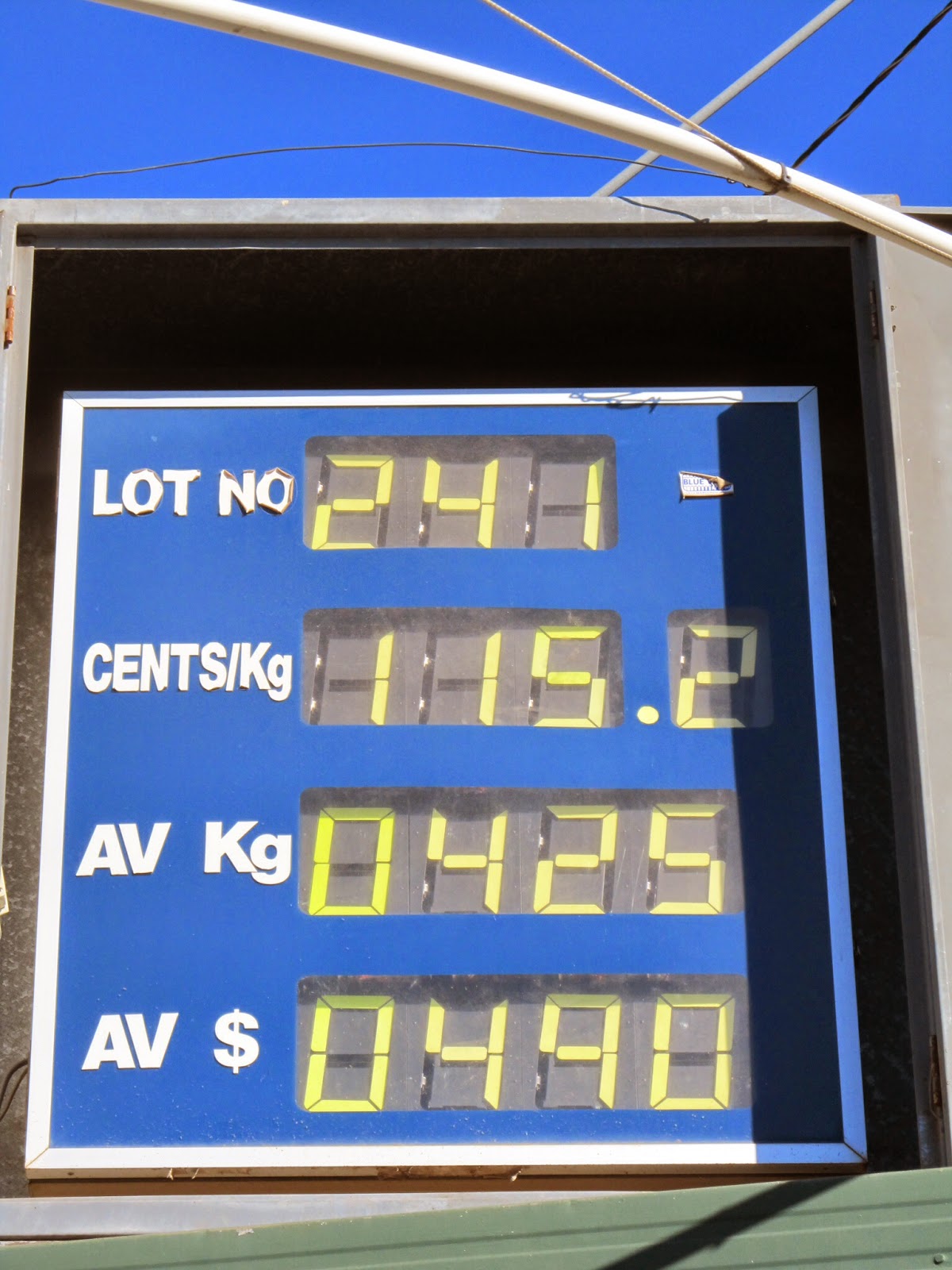Today was free for the students to do what they like! This
was very exciting for everyone, a little rest and relaxation on the beach for
the last day in Australia? We all
started off the day heading to the Markets, which were closed according to our
resort receptionists, so we took off to a shopping mall instead to find some
good bargains on Australia authentic souvenirs. Kali and Katelynn took off in a
taxi to the Brisbane Markets which were in fact open, after their 60 dollar cab
ride to the markets and some great shopping they found a wonderful lady who
offered to bring them back to the hotel. Although most people would be
skeptical of an offer like this the two girls didn’t mind. They said the nice
lady was in a midlife crisis and probably needed them more than they needed her
but they were happy to help in any way they could, as she was more than helpful
for the girls.
Caitlin,
Jackson, Sara, Amy, Kristen, and Kaitlin started off by going paddle boarding
and kayaking. As most of them had never paddle boarded before everyone did
exceptionally well. It was only $20 for
1 hour, which was plenty for everyone, making it a cheap afternoon. They then
hit up Subway for a quick lunch and some shops along the road before making
their way to the beach. Amy and Caitlin didn’t find it amusing to get wet in
the water but the rest of the students had a blast being smashed by the large
Australian waves.
The rest of
the group went over to King’s beach where the water and sunshine was
gorgeous. Matt, Claire, Emily, Brooke,
and Melissa had fun sitting in the sand, frolicking in the water and trying to
swim in between the big waves. Claire
and Emily were happy to find one of the cafe’s that actually had a large
selection of both Coke and Pepsi products.
After a long day on the beach, the group headed back to the hotel to
shower and get ready for the evening.
For supper
all the students gathered at the resort restaurant for a three-course meal.
Although our tucker (food) took over two and half hours with 45 minutes between
each meal the food was at least good. As you can tell the students really
enjoyed their last day in Australia! I think we all really enjoyed the trip and
the especially with our bus driver Bill. He was probably the highlight of most
days with his glorious stories. All the students send out a big thanks to him
for all the hard work he did and crap he put up with.
































